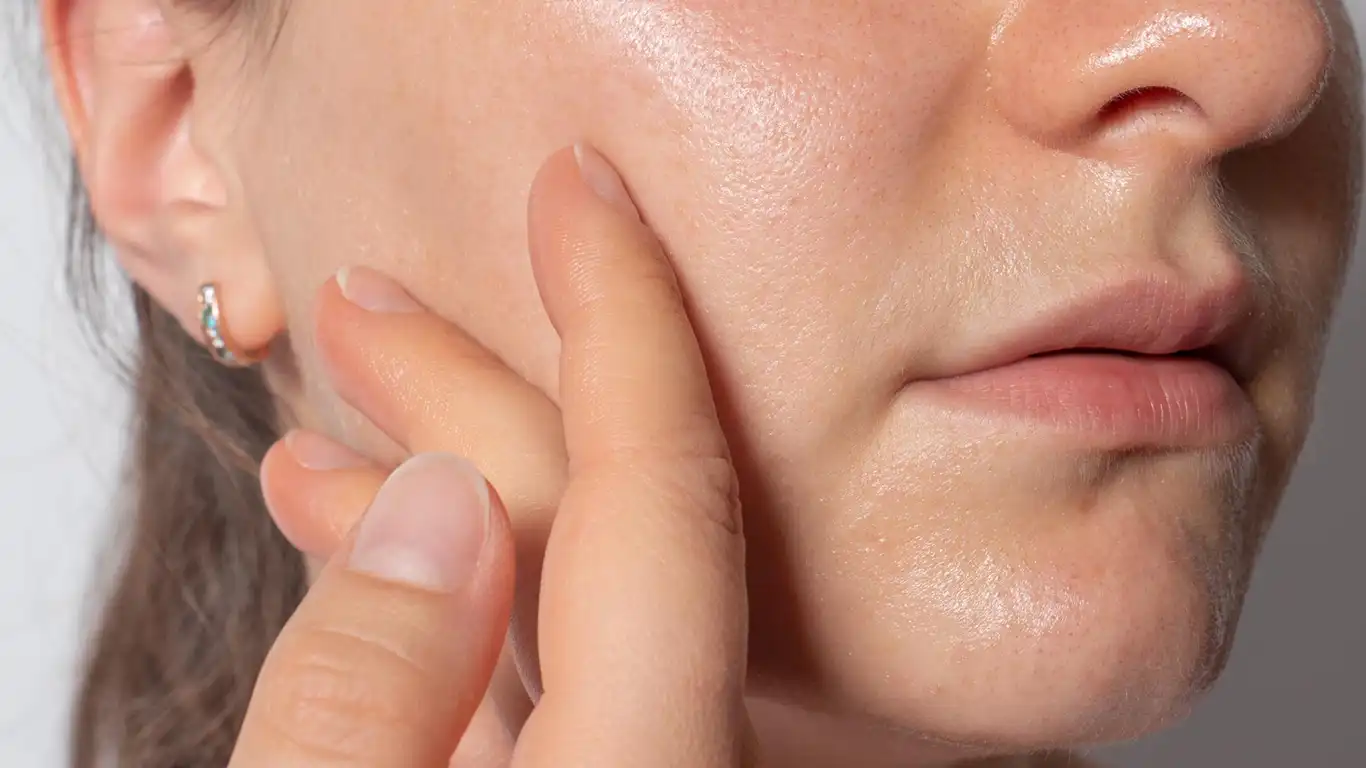What is Oily Skin?
Oily skin occurs when the sebaceous (oil) glands produce excess sebum, leading to shine, enlarged pores, blackheads, and acne. It’s common in teens and young adults, but can affect anyone at any age.
Common Signs of Oily Skin
• Persistent shine, especially in the T-zone (forehead, nose, chin)
* Enlarged, visible pores
* Frequent blackheads or whiteheads
* Acne or comedones
* Makeup slides off easily
What Causes Oily Skin?
• Genetics (inherited skin type)
* Hormonal fluctuations (especially androgens)
* Overwashing or over-exfoliating (triggers rebound oil production)
* Humid, hot climates
* Wrong skincare products (e.g., comedogenic creams)
Cutis Care Treatment Approach for Oily Skin
Topical Treatments
• Salicylic acid – unclogs pores, reduces oil
* Niacinamide – balances sebum, minimizes pores
* Retinoids – regulate oil, prevent acne
* Oil-free moisturizers – gel or water-based formulas
* Clay masks – for weekly deep cleansing
In-Clinic Procedures
1. Chemical Peels (Salicylic/Glycolic/Lactic)
o Exfoliates dead cells, controls acne and oil
2. Carbon Laser Peel (“Hollywood Peel”)
o Deep cleansing, pore tightening, oil control
3. HydraFacial with Salicylic Boost
o Clears blackheads, unclogs pores
4. Microneedling + Sebum Control Serums
o Balances skin over time
5. Laser Sebum Suppression Therapy
o Controls oil-producing glands with precision
Oily skin still needs hydration — skipping moisturizer worsens the problem.
Ideal Skincare Routine for Oily Skin
Morning:
• Gentle foaming cleanser
* Niacinamide or salicylic acid
* Oil-free, non-comedogenic sunscreen
Evening:
• Cleanser
* Retinoid or salicylic acid-based treatment (alternate nights)
* Lightweight gel moisturizer


